Kingdom Plantae Family Orchidaceae Tribe Collabieae Scientific name Phaius tancarvilleae | Order Asparagales Subfamily Epidendroideae Alliance Calanthe Rank Species | |
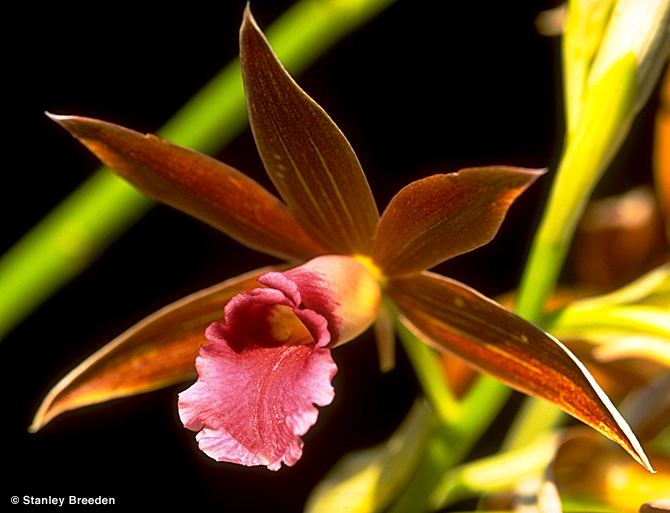 | ||
Similar Phaius, Orchids, Phaius australis, Phaius flavus, Calanthe | ||
Phaius tancarvilleae is a species of orchid widespread in the Indian Subcontinent, New Guinea, China, Japan, Southeast Asia, Indonesia, Malaysia, the Philippines, Australia and certain islands of the Pacific. It is also naturalised in Hawaii, Panama, the West Indies and the US State of Florida
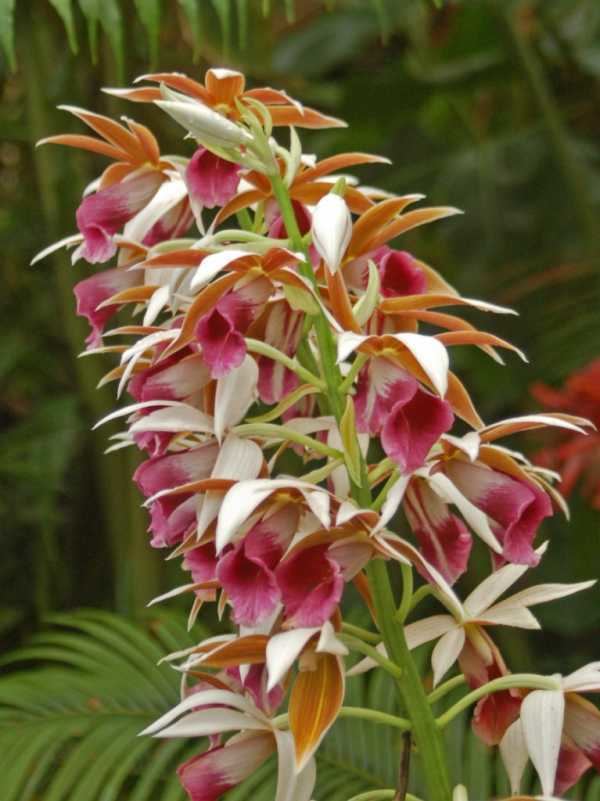
In Australia it is found as far south as Yamba, New South Wales and further north in tropical Queensland. It is listed as endangered with possible extinction within the country.
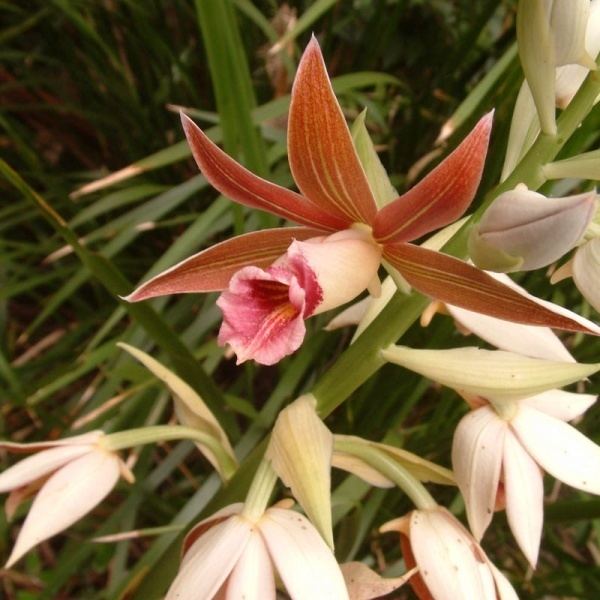
Common names include greater swamp-orchid, swamp lily, swamp orchid, nun's-hood orchid, nun's orchid and veiled orchid.
In 1778, John Fothergill brought this orchid back from China to England. Later, Joseph Banks named the plant in honour of Lady Emma Tankerville, as the orchid flowered in her greenhouse at Walton-on-Thames near London. The species name refers to the origin of the married name of Emma, the Countess Tankerville. That being the town of Tancarville, in Normandy, France.
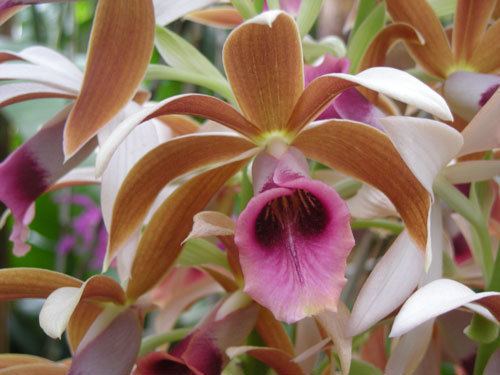
Phaius tancarvilleae is a terrestrial orchid. The large leaves arise from bulbs in the ground, and are furrowed. Its inflorescences arise vertically out of the plant and can reach a height of 2 m (7 ft). They bear up to 16 flowers each. The flowers have four petals which are brown on the inside and white on the outside. The central section of the flower is an open tube and mauve and yellow in colour.
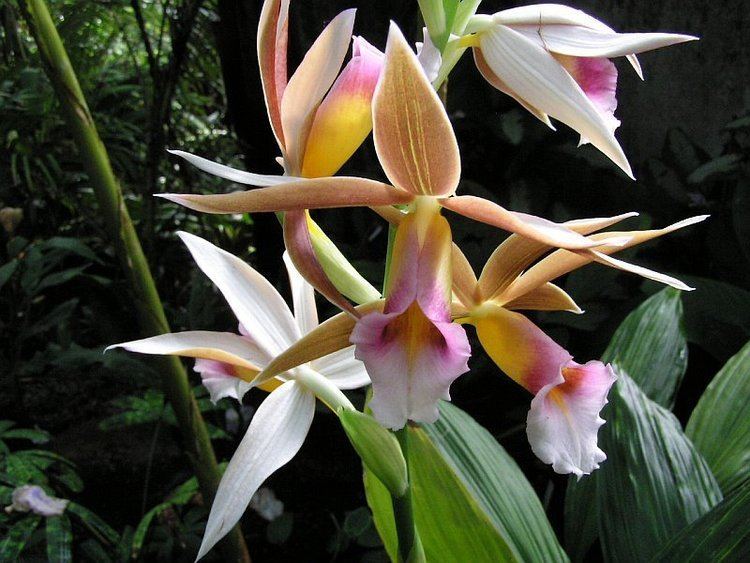
The species' habitat is swampy forest or grassland. It is threatened by trampling by stock, and being collected illegally by plant collectors, weeds and drainage of its habitat.
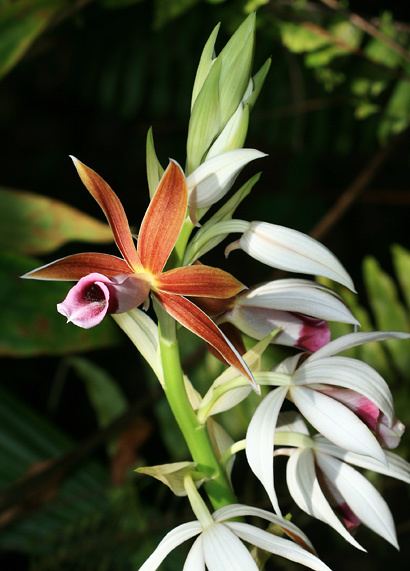
While rare in parts of its native habitat, it is present in other parts of the world as a naturalised species, including Hawaii and Florida.
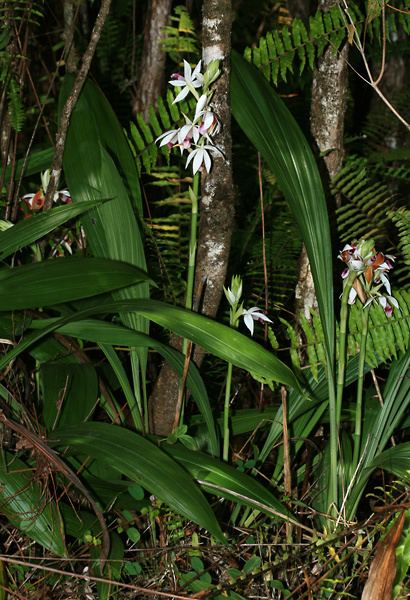
Cultivation
Identification of the Phaius genus is a particularly challenging and difficult task. Many plants are incorrectly labeled in nurseries or misidentified by professionals and authors.
An easily grown plant in cultivation. It prefers semi shade. Propagation is achieved from seed or by the cutting of the base clump of the plant. The large flowers occur in spring. Also, flower stem node propagation brings success. Where after flowering, the scape is either laid whole or in sections on a medium such as Sphagnum moss or stood in a container of water. Plantlets emerge from the nodes, and when large enough are removed and potted up.
